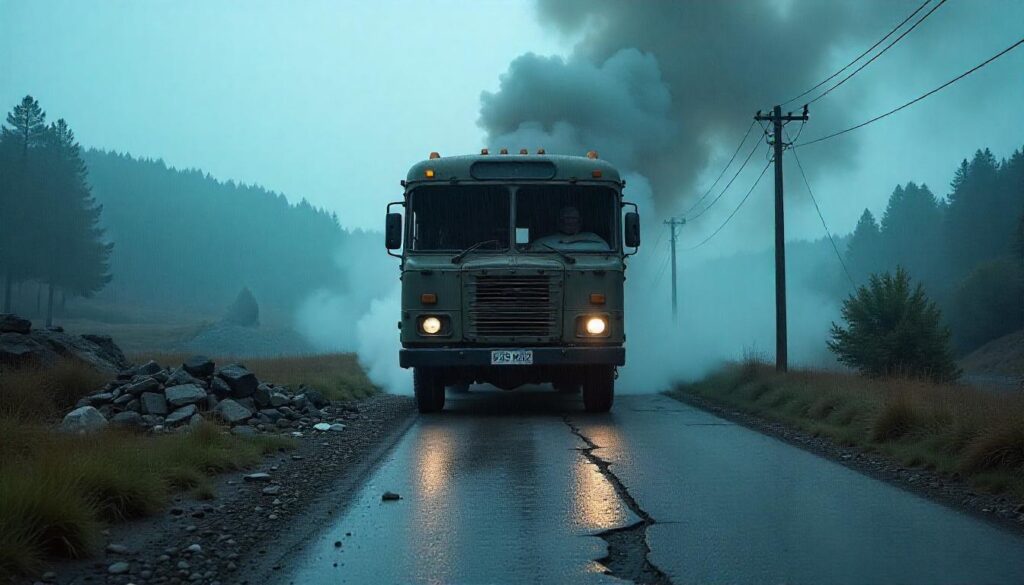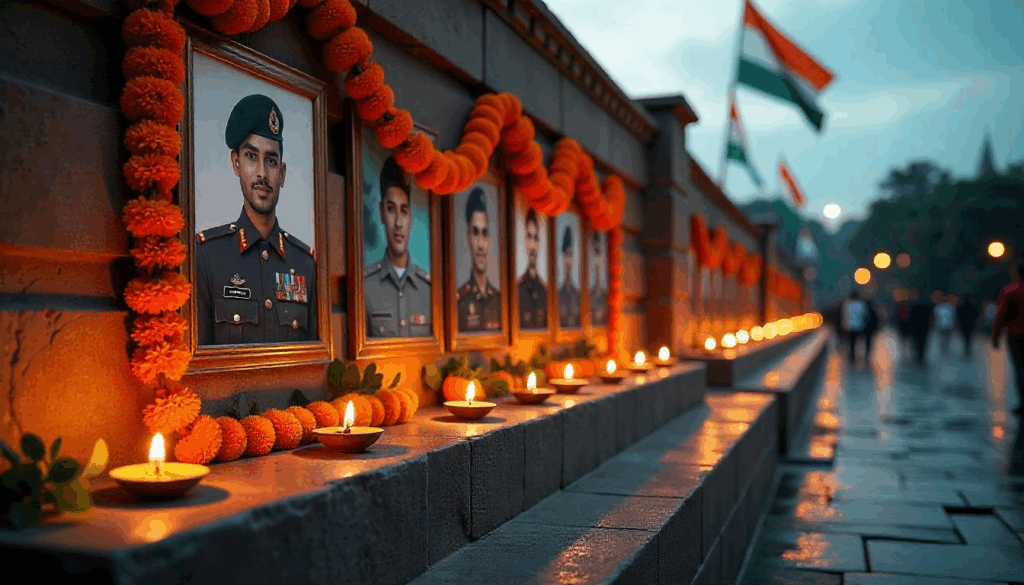
The Pulwama attack remains one of the most devastating terror incidents in modern Indian history. On February 14, 2019, a suicide bomber rammed an explosive-laden vehicle into a convoy of Central Reserve Police Force (CRPF) personnel, killing 40 jawans. This Pulwama CRPF attack sparked national outrage and escalated tensions between India and Pakistan.
Background to the Conflict in Kashmir
To understand the Pulwama terror attack, one must consider the long-standing conflict in Jammu and Kashmir. The region has been a flashpoint between India and Pakistan since their independence in 1947. A history of insurgency, proxy wars, and cross-border terrorism has made Kashmir vulnerable to acts of terror.
Pulwama Attack 2019: What Happened?

On the afternoon of February 14, 2019, a convoy of over 70 CRPF vehicles was moving from Jammu to Srinagar. Around 3:15 PM IST, a car carrying over 300 kilograms of explosives struck a bus carrying 39 personnel. The explosion was catastrophic. The attacker, later identified as a local youth associated with the Pakistan-based terror group Jaish-e-Mohammed, died in the blast.
Pulwama Attack Date and Timeline of Events
February 14, 2019: The attack occurred near Awantipora in Pulwama district.
February 15, 2019: The nation mourned as funerals were held. The government vowed a strong response.
February 16-20, 2019: Evidence pointed towards Jaish-e-Mohammed’s involvement.
February 26, 2019: India conducted airstrikes in Balakot, Pakistan, targeting terror camps.
The Mastermind Behind the Pulwama Suicide Bombing
The suicide bombing was claimed by Jaish-e-Mohammed (JeM). The Pulwama attack mastermind was believed to be Ghazi Rashid, a Pakistani national and senior JeM commander. Indian intelligence agencies tracked down multiple operatives involved in the planning and logistics of the attack.
Pulwama Attack Casualties: Honoring the Brave
The Pulwama attack casualties included 40 CRPF personnel, most in their early twenties and thirties. Their sacrifice was honored nationwide with tributes, parades, and commemorations. The Prime Minister and political leaders attended multiple funeral services.
Pulwama Attack Investigation and International Response

The Pulwama attack investigation was swift. The National Investigation Agency (NIA) collected forensic evidence, analyzed call records, and interrogated suspects. Internationally, countries like the USA, France, and Australia condemned the attack and urged Pakistan to crack down on terror outfits.
Pulwama Attack Aftermath: Diplomatic and Military Consequences
In response to the Pulwama suicide bombing, India revoked Pakistan’s Most Favored Nation status and launched a diplomatic offensive. On February 26, the Indian Air Force conducted preemptive airstrikes across the Line of Control, marking a significant shift in India’s counter-terrorism doctrine.
India-Pakistan Relations Post Pulwama Terror Attack
The Pulwama attack India Pakistan relations took a downward spiral. Pakistan denied involvement, despite JeM claiming responsibility. Tensions escalated to the brink of war, with aerial dogfights and the capture of Indian pilot Abhinandan Varthaman. Diplomatic ties remained strained long after.
Media Coverage and Public Reaction
The Pulwama attack news dominated headlines globally. Social media erupted with tributes, anger, and calls for justice. Public sentiment leaned heavily towards retaliatory action. Memorials were erected across India, and awareness campaigns about terrorism surged.
Lessons Learned and Security Measures Implemented
Following the Pulwama CRPF attack, major reforms in convoy security protocols were implemented. Intelligence sharing between agencies improved, and emphasis was placed on counter-radicalization of youth in conflict zones. Surveillance technology, road clearance units, and drone surveillance were enhanced.
Conclusion
The Pulwama attack 2019 changed India’s national security landscape forever. It not only exposed vulnerabilities but also showcased the resilience of a nation united in grief. From honoring the fallen to rethinking counter-terrorism policies, the tragedy became a catalyst for transformation. As India continues to confront threats, the memories of Pulwama serve as a somber reminder and a call to remain vigilant.
